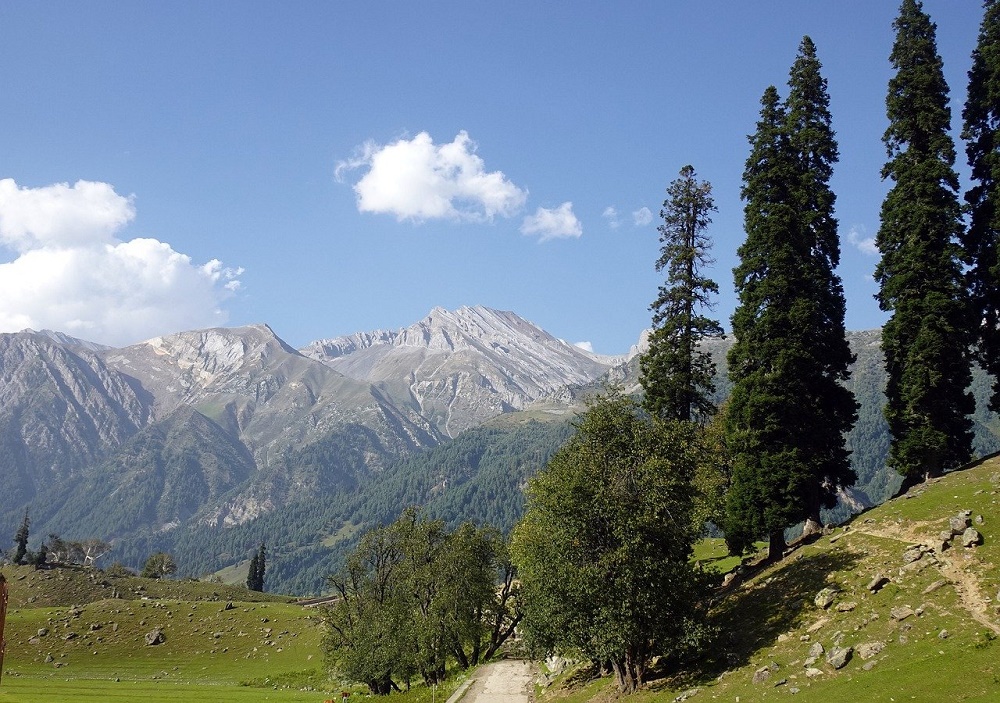Ireland’s landscape, adorned with a tapestry of majestic castles, holds the echoes of a tumultuous past. As we delve into the stories of these ancient fortresses, a fascinating narrative emerges, revealing how the oldest castles in Ireland played pivotal roles as defensive structures during historical conflicts. While our journey begins amidst the lively landscapes of summer camp ireland, we soon find ourselves transported back in time, exploring the architectural prowess and strategic brilliance that allowed these castles to stand as formidable sentinels against the tides of history.
Summer Camps: A Glimpse into Ireland’s Rich Heritage
Before we embark on our exploration of castles as defensive bastions, let’s briefly touch upon the immersive experiences offered by summer camps in Ireland. These camps, nestled within the breathtaking vistas of the Irish countryside, provide a vibrant platform for children and teenagers to connect with the nation’s rich cultural heritage. As young minds engage in activities ranging from traditional arts and crafts to outdoor adventures, they unknowingly step into the footsteps of generations past – a perfect prelude to our exploration of Ireland’s oldest castles.
The Evolution of Castle Defense
To comprehend the defensive prowess of Ireland’s oldest castles, it’s imperative to understand the historical context in which they emerged. Castles were not merely opulent residences; they were fortified strongholds designed to withstand the challenges of warfare and political turmoil. Their evolution was intrinsically tied to advances in military technology and changing strategies of conflict.
Innovative Architecture: A Fortress Amidst the Landscape
The oldest castles in Ireland were architectural marvels, ingeniously designed to maximize defensive capabilities. High stone walls, imposing towers, and strategically placed battlements became the hallmark of castle construction. These elements served to deter and repel potential invaders, while also providing vantage points for archers and catapults.
Strategic Location: Guardians of Trade and Territory
One of the key aspects of castle defense was their strategic placement. Many of these castles were strategically situated along trade routes, river crossings, or atop hills, providing commanding views of the surrounding landscape. This allowed castle occupants to monitor approaching threats and control vital access points.
Moats and Drawbridges: Deterring and Delaying Intruders
The addition of moats and drawbridges further fortified these structures. Moats created physical barriers, making it difficult for attackers to breach the castle walls. Drawbridges, often the only entrance, could be raised to cut off access during times of danger, creating an additional layer of defense.
Arrow Slits and Murder Holes: Precision Warfare
The defensive mechanisms within castles were intricate and often ingenious. Arrow slits allowed archers to rain down a hail of arrows on attackers while remaining shielded. Murder holes, small openings in the ceiling, allowed defenders to drop rocks, boiling oil, or other projectiles on intruders attempting to breach the main entrance.
Sacrificing Aesthetics for Functionality
While many castles today evoke a sense of grandeur, it’s essential to remember that their original design prioritized functionality over aesthetics. Thick stone walls, often devoid of elaborate decorations, were meant to withstand the relentless assault of battering rams and siege engines.
Enduring Legacy: From Battlegrounds to Landmarks
The oldest castles in Ireland bear witness to a tumultuous past, a testament to the resilience of the human spirit in times of conflict. As historical conflicts subsided, many of these castles transformed from fortresses into iconic landmarks, their stories now shared with generations seeking to connect with their heritage.
Conclusion:
From the idyllic landscapes of summer camp Ireland to the battle-scarred ramparts of the oldest castles, our journey has been a captivating exploration of history’s intertwined threads. The oldest castles in Ireland stand as silent witnesses to the ebb and flow of human history, bearing the scars of conflicts and echoing the strategic brilliance of their creators. As we step back into the present, let us carry with us a newfound appreciation for the enduring legacy of these castles – guardians of a bygone era and a testament to the indomitable spirit of those who sought to secure their lands against the tides of time.



